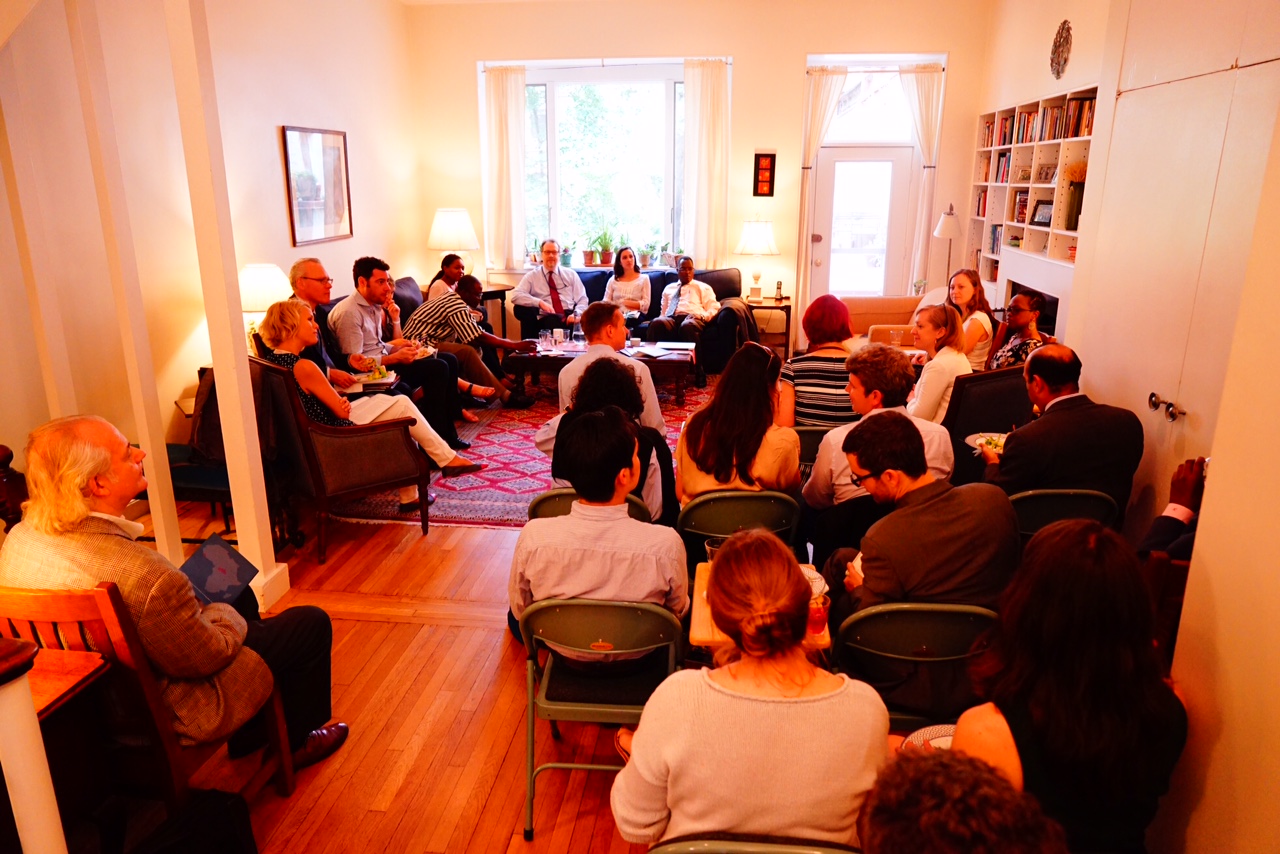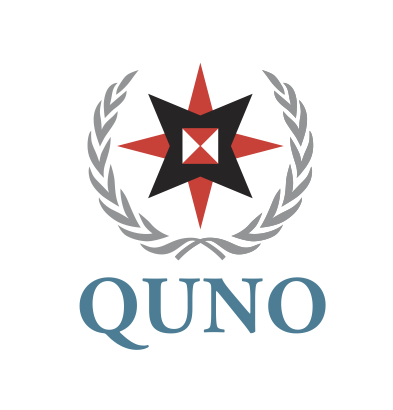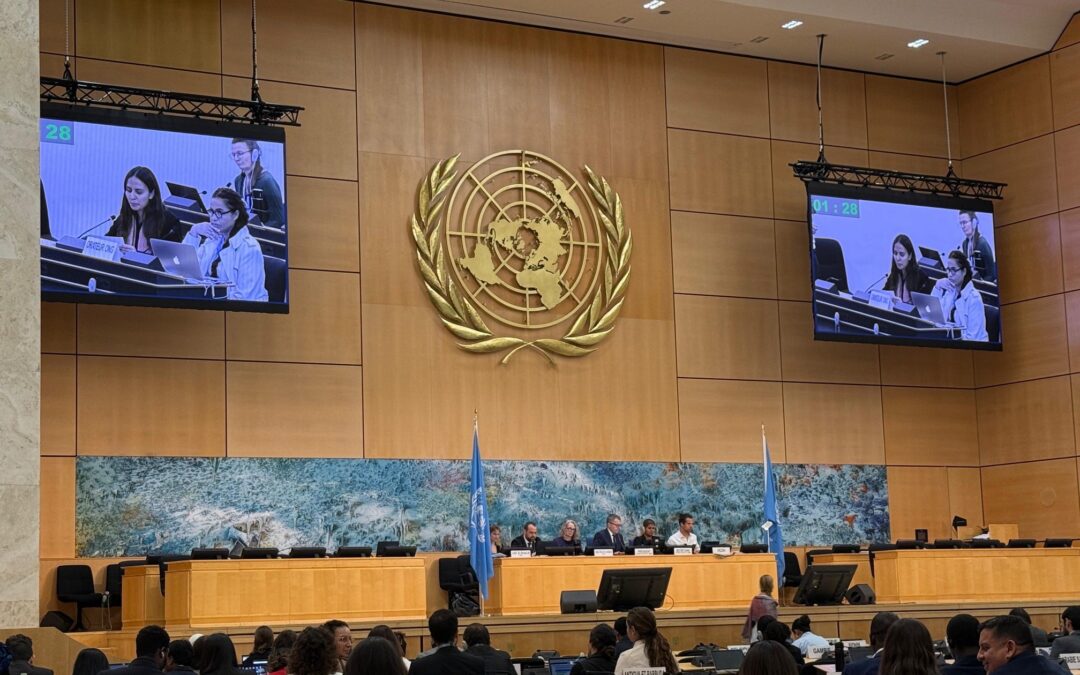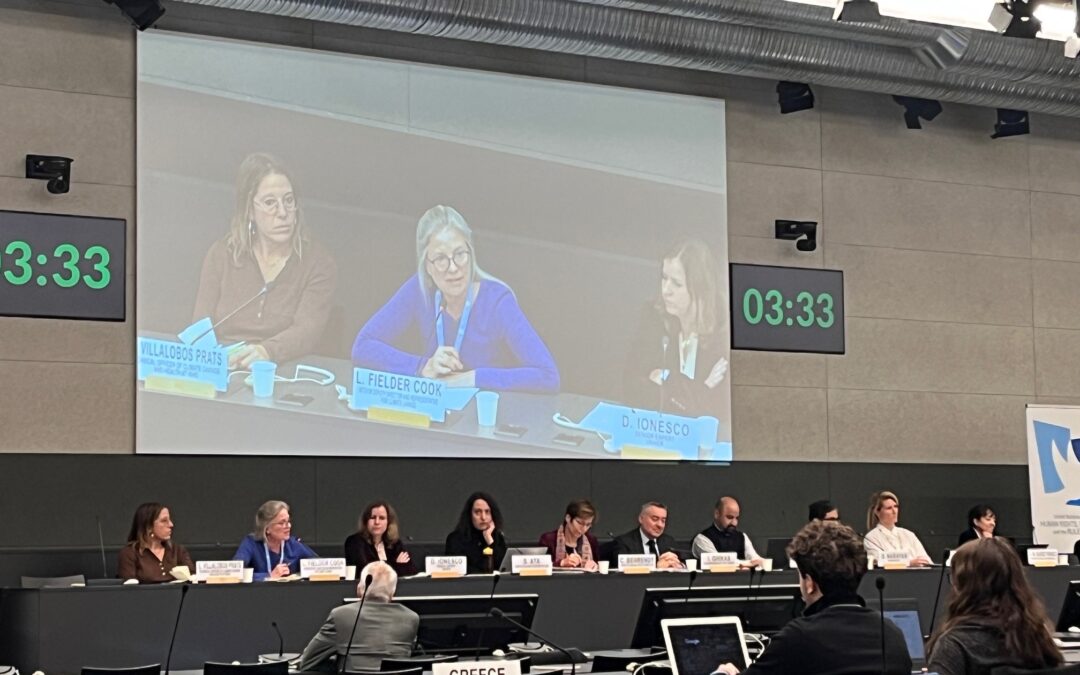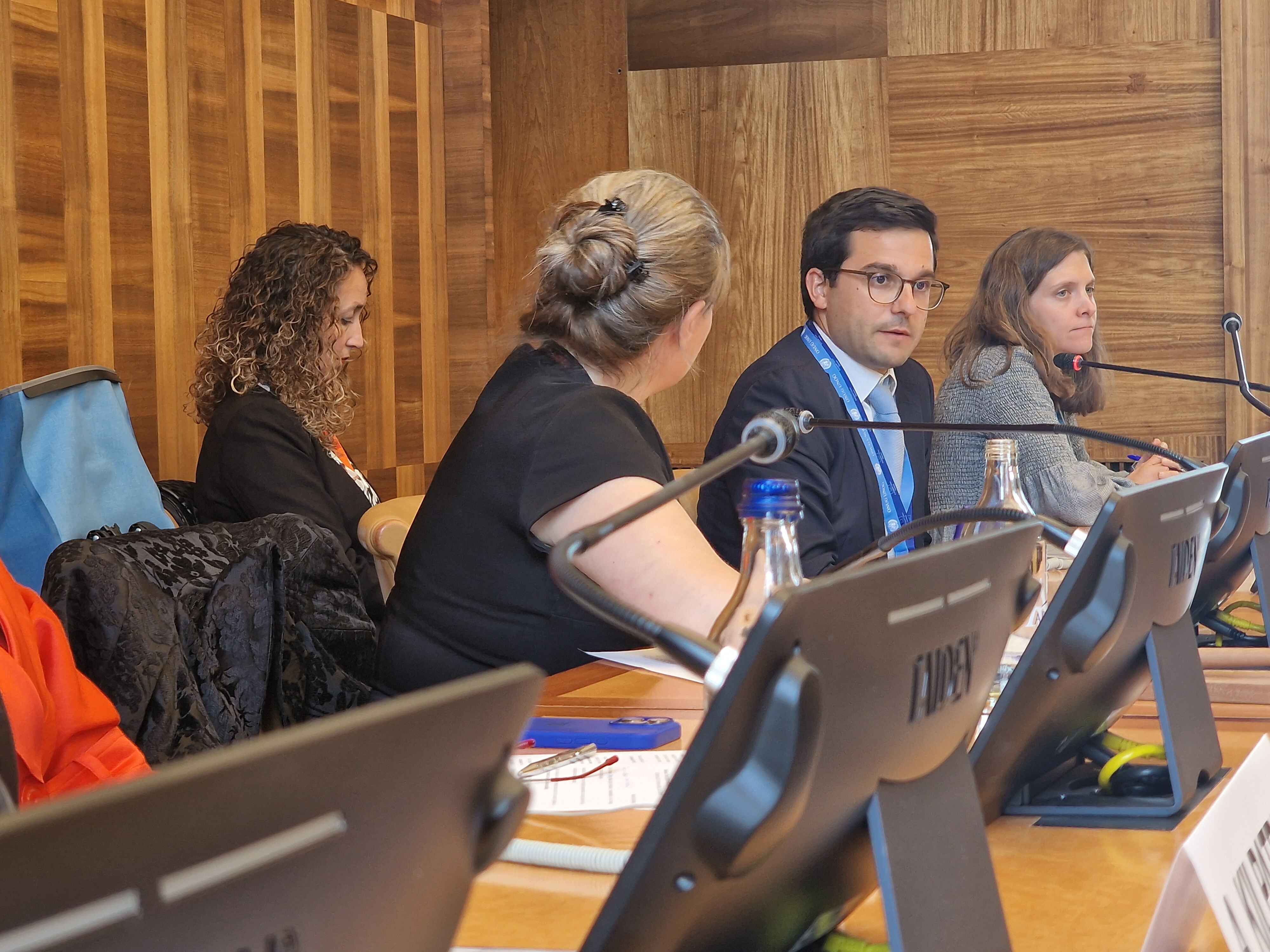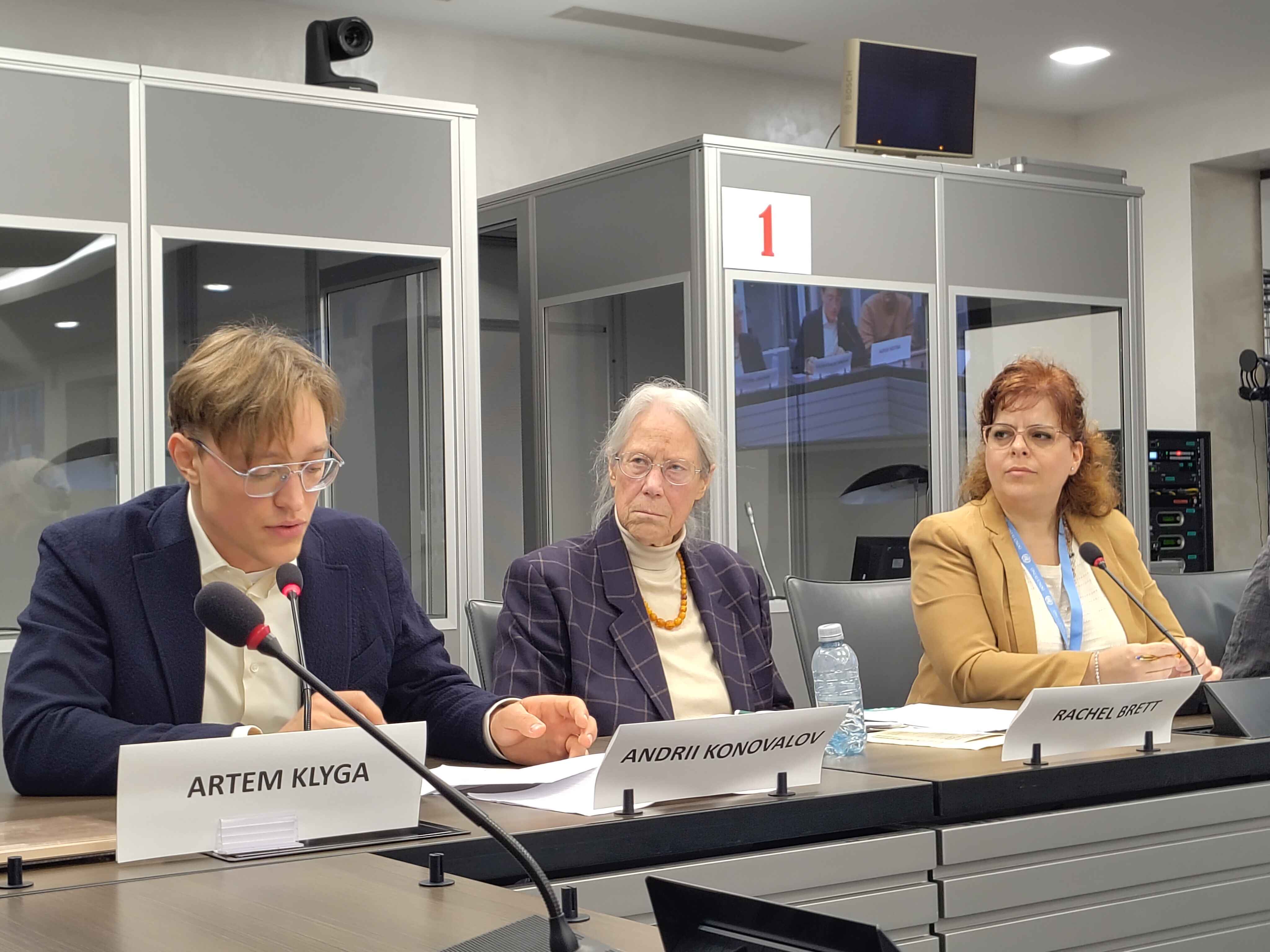QUNO hosted a series of discussions at Quaker House in New York to launch a new report by QUNO and the Global Partnership for the Prevention of Armed Conflict (GPPAC) entitled Filling the Gap: How civil society engagement can help the UN’s Peacebuilding Architecture meet its purpose. The report is a contribution to the 2015 review of the UN's Peacebuilding Architecture and includes concrete recommendations for how the UN can improve the way in which it collaborates with civil society on peacebuilding, both in New York and in country. In the launch events, the two co-authors from QUNO and GPPAC were joined by local researchers from Burundi, the Central African Republic, and Liberia, who shared their experiences with peacebuilding and conflict prevention in their own countries.
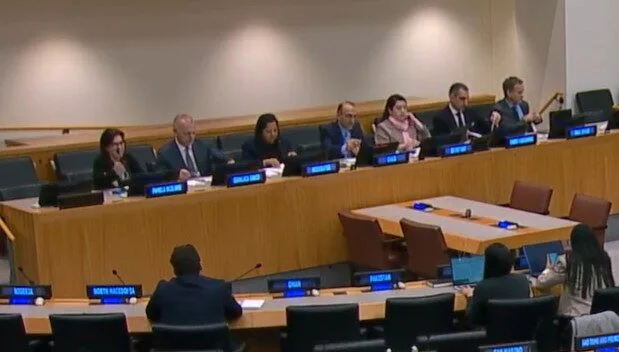
QUNO Representative brings Quaker Perspective to Disaster Resiliency
QUNO NY Representative Kavita Desai had the rare opportunity to moderate a panel at the United Nations entitled “Investing in Resilience to Safeguard the Sustainable Development Goals” during a special event held on October 16, 2025, hosted by the UN Office for Disaster Risk Reduction (UNDRR) and the UN Economic and Financial Committee. The UNDRR event, “Towards a Risk-informed approach to Development: Financing Resilient Development Today for a Sustainable Tomorrow,” highlighted the need to increase investment in disaster protection measures such as early warning systems, community protection plans, and resilient infrastructure to safeguard progress made towards achieving the Sustainable Development Goals (SDGs), a series of 17 globally agreed-upon goals that form a blueprint for sustainable peace and prosperity. As Desai noted in her opening remarks, “It is well known that an ounce of prevention is worth a pound of cure…investing in DRR saves resources in the long-term and futureproofs development gains.” Desai’s panel provided valuable insight on the necessity of financing resilient development, warning that progress towards the SDGs has been limited and that current investments in disaster risk and resilience account for only about 25% of actual needs in many countries. The panel noted that this funding gap emerges […]

